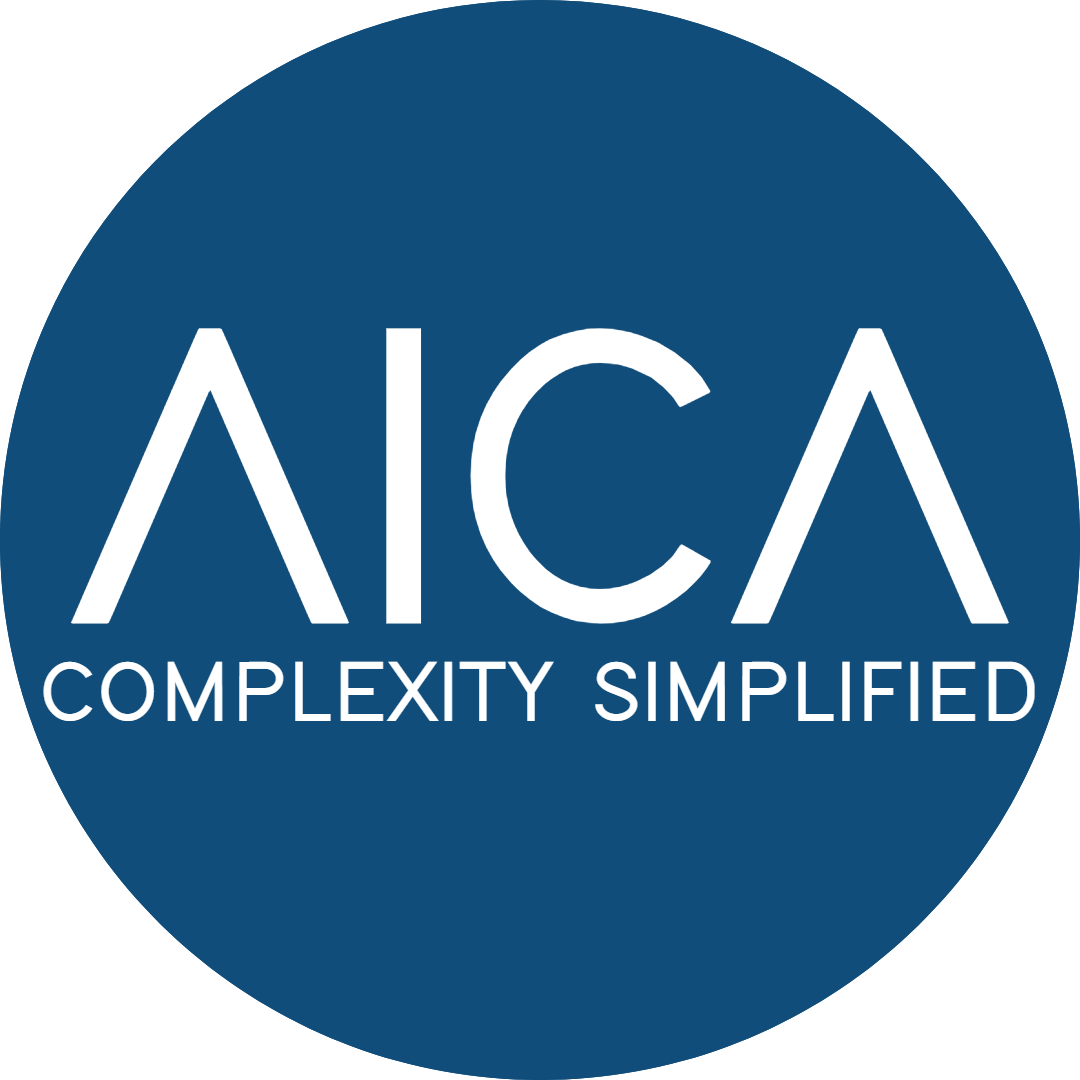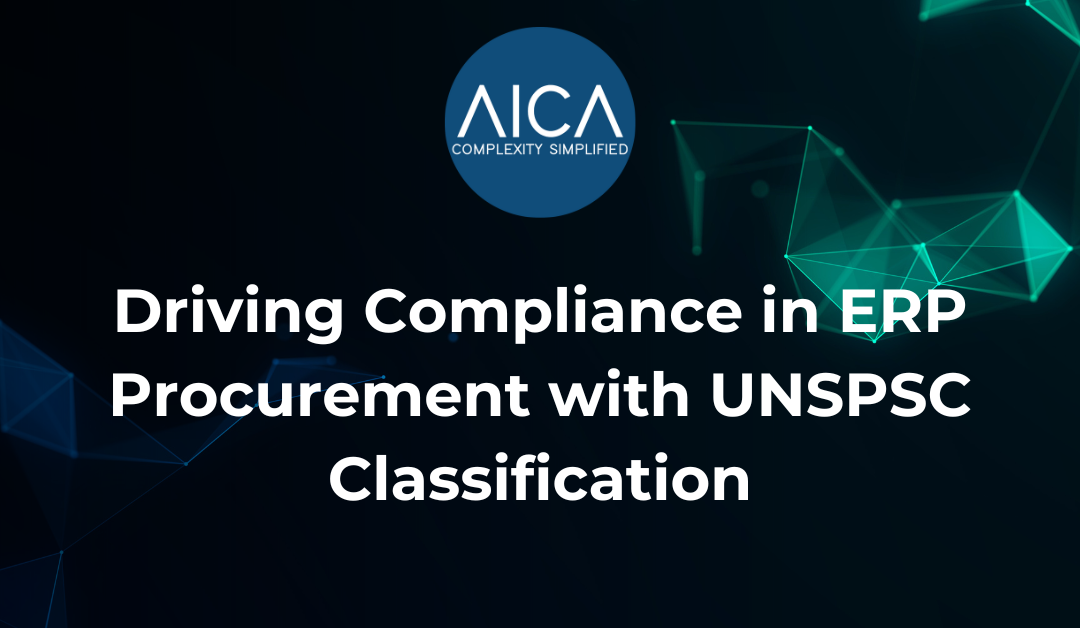Every organisation wants to drive compliant, transparent procurement. But when it comes to ERP data, many companies are still struggling to enforce purchasing policies, supplier diversity goals, and regulatory requirements—because their product and service data is incomplete, inconsistent, or completely unstructured.
One of the most overlooked reasons? A lack of product and service classification, especially using global standards like the UNSPSC taxonomy.
If your ERP procurement data isn’t classified, your compliance processes are broken from the start. There is no way to track category-level spend, enforce supplier policies, or meet external reporting requirements.
The Hidden Risk of Poorly Classified ERP Procurement Data
Compliance depends on structured data. Finance and procurement teams need to accurately track what is being purchased, who it’s being purchased from, and whether spend aligns with internal policies and external regulations.
But when product data is scattered across inconsistent descriptions, it’s impossible to group purchases, enforce rules, or report accurately.
Instead, you’re left with conflicting or incomplete line items in your ERP:
- “Safety gloves” in one record and “Industrial hand protection” in another
- No clear link between hazardous materials and environmental compliance reports
- Supplier diversity spend buried under vague item descriptions
The result? Your compliance initiatives stall.
- Diversity spend reporting is unreliable
- Contract compliance cannot be enforced
- Environmental impact tracking is incomplete
- Audit teams waste time reconciling unclear categories
You cannot control what you cannot classify.
Why Classification Matters, and Why UNSPSC is the Standard
The United Nations Standard Products and Services Code (UNSPSC) is the globally accepted taxonomy for classifying procurement data. By applying UNSPSC to your ERP records, you create structured, auditable categories that power compliance and visibility.
With UNSPSC, your teams can:
- Track category-level spend for supplier diversity and ESG reporting
- Enforce purchasing controls by spend category
- Identify off-contract or maverick spend instantly
- Streamline audit preparation and compliance reviews
However, manually applying UNSPSC classification is slow, error-prone, and challenging to maintain across global operations.
AICA’s Role in Building ERP Compliance Through Classification
That’s where AICA comes in.
We automate UNSPSC classification using Agentic AI, a purpose-built solution designed to cleanse, enrich, and classify procurement data with over 90% accuracy. Our platform integrates directly with ERP systems to turn scattered product descriptions into structured, compliant spend data, continuously and at scale.
With AICA, organisations can:
- Cleanse historical ERP procurement data to build a compliance-ready foundation
- Classify and enrich new purchase requests and supplier records automatically
- Standardise categories for reliable spend tracking across business units
- Support ESG initiatives and diversity reporting with clear category-level insights
Whether preparing for an audit, driving supplier diversity, or enforcing category-based purchasing policies, AICA delivers the structured data you need to comply with confidence.
Conclusion
Compliance starts with data you can trust. If your ERP procurement data is incomplete or unclassified, your compliance processes will always be reactive, unreliable, and prone to gaps.
Let AICA help you build compliance from the ground up, with automated UNSPSC classification that powers confident, compliant procurement.
Visit our website to learn how we help organisations automate UNSPSC classification with over 90% accuracy and unlock reliable ERP procurement data.

